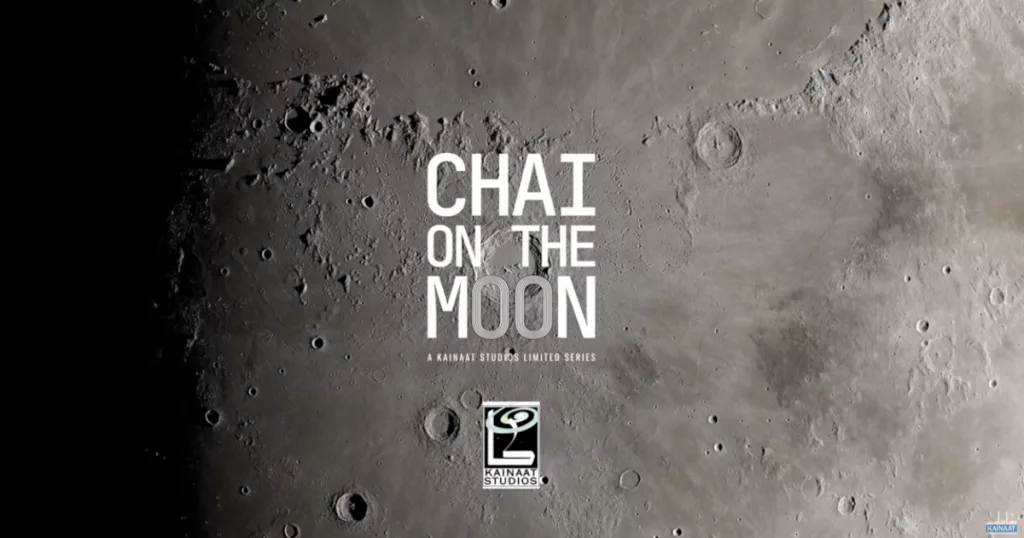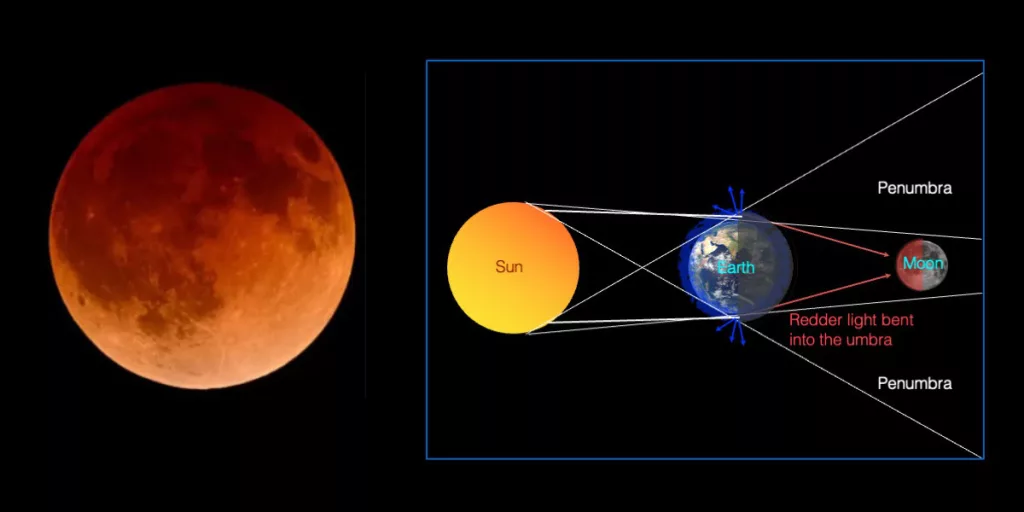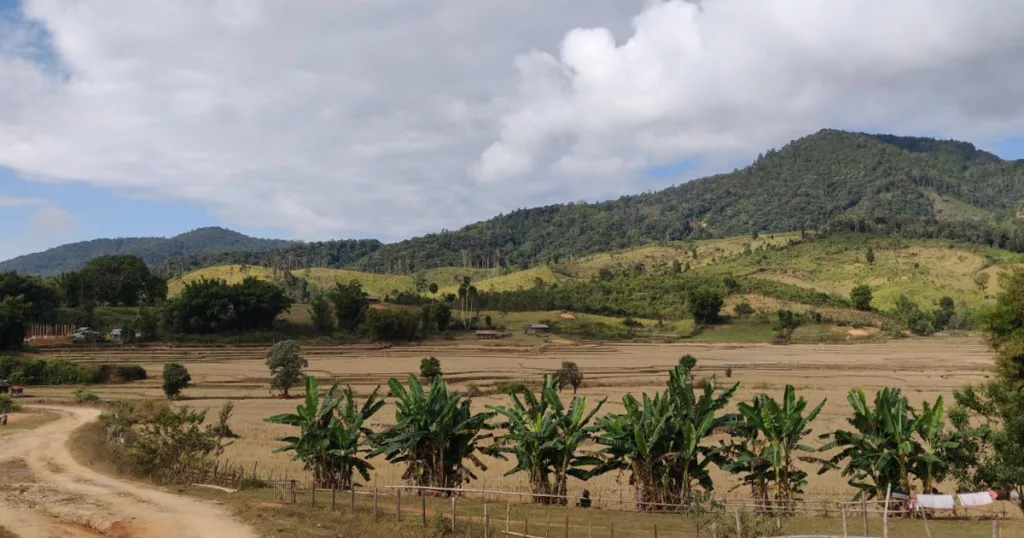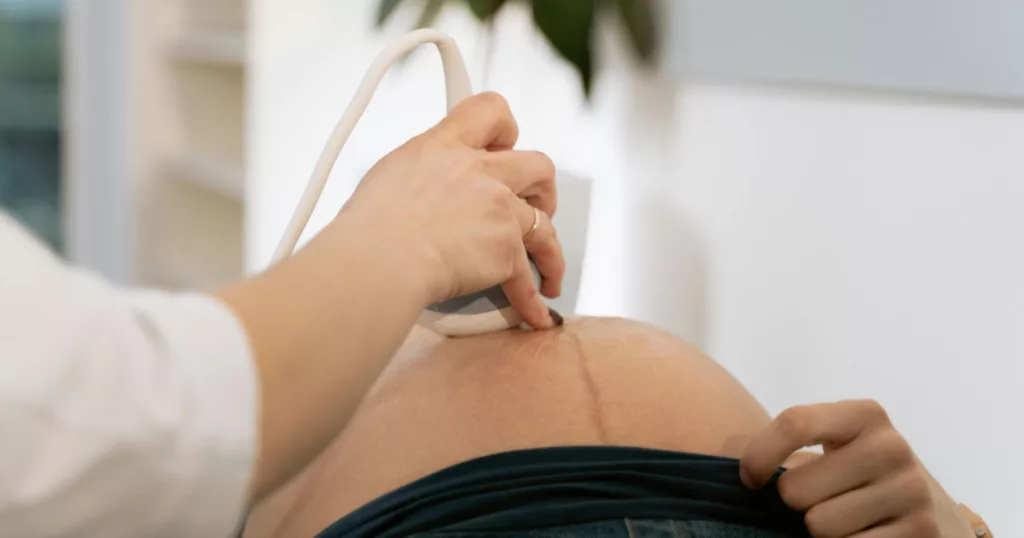The Moon & the Global South: Voices, Risks & Promise
Researchers warn that without inclusive governance, the Moon could become “a new arena for old patterns of exclusion” When rockets ignite and nations race back to the Moon, whose dreams and risks take flight with them? Who decides who benefits from lunar exploration, and how will billions in South Asia, Africa, and beyond make their voices heard? In this compelling episode of the webseries Chai on the Moon, produced by Kainaat Astronomy, we dive into these stakes from a Global South perspective, asking: can space really be for all? Across the globe, a lunar boom is underway. NASA’s Artemis program is gearing up to return humans to the Moon by 2025, China and Russia plan joint lunar bases, and India recently became the first country to soft-land at the Moon’s South Pole. Even Africa has joined the race: on April 20, 2025, the African Union inaugurated the African Space Agency in Cairo’s Space City. Key questions With missions multiplying and billions on the line, this conversation is urgent, especially for South Asia and Africa, regions eager for a fair share of space’s promise. Key Questions are: who decides the rules of the new space race, and will Global South countries have a voice? how can communities in India, Nigeria, and elsewhere ensure they benefit from lunar resources and exploration? when humans reach the Moon’s south pole, will people from Lahore, Lagos, and Dhaka share in the adventure? Guests Prof. Prajval Shastri (Astrophysicist, India): a veteran Indian astronomer (retired from IIAP, Bangalore) with decades of research on black holes and galaxies. She is a passionate educator and communicator, writing and speaking about astronomy literacy and science equity; Dr. Samuel Oyewole (Space Policy Expert, Nigeria/South Africa): a political scientist and space policy scholar. He is a Postdoctoral Fellow at the University of Pretoria and lecturer in Nigeria, focusing on African space programs and security; Ramasamy Venugopal (IAU OAD, India/South Africa): Operations & Programs Manager at the International Astronomical Union’s Office of Astronomy for Development. He oversees global astronomy-for-development grants and projects in 100+ countries. The Host Dr. Salman Hameed holds a PhD in astronomy and serves as the Charles Taylor Chair and Professor of Integrated Science & Humanities at Hampshire College. He is also a faculty member of the Five College Astronomy Department (FCAD) in Massachusetts, USA. Beyond academia, he is the CEO of Kainaat Studios, a non-profit dedicated to science communication and outreach. SUBSCRIBE TO OUR NEWSLETTER To stay up to date with our projects and the development of the EHC Read more articles





